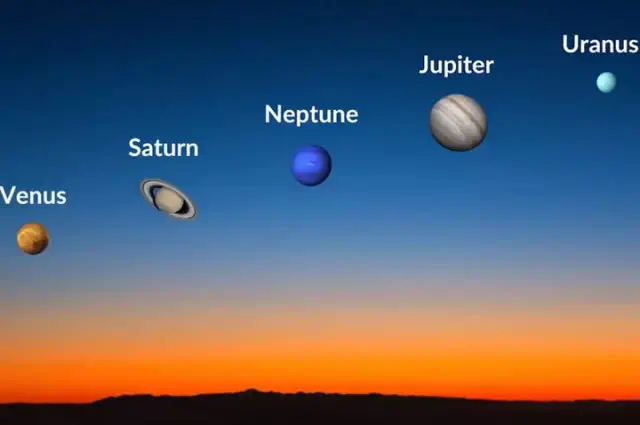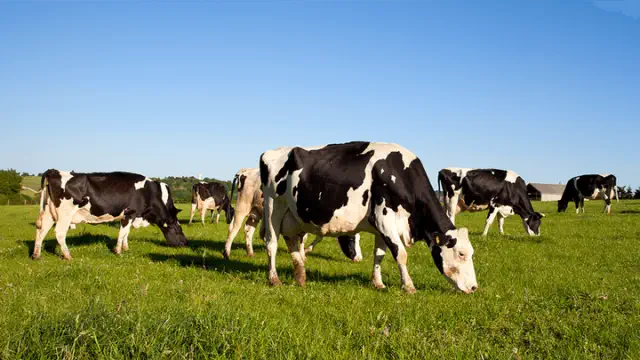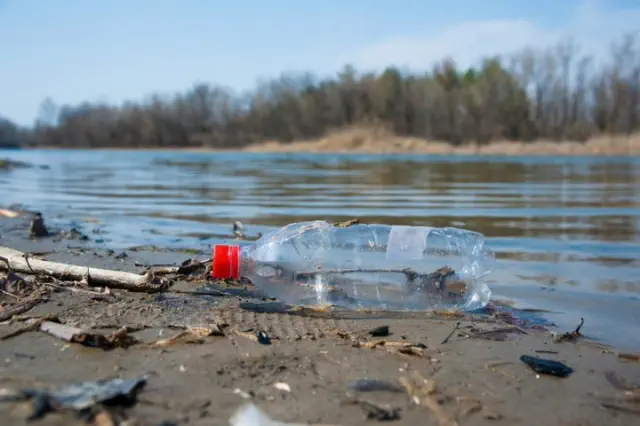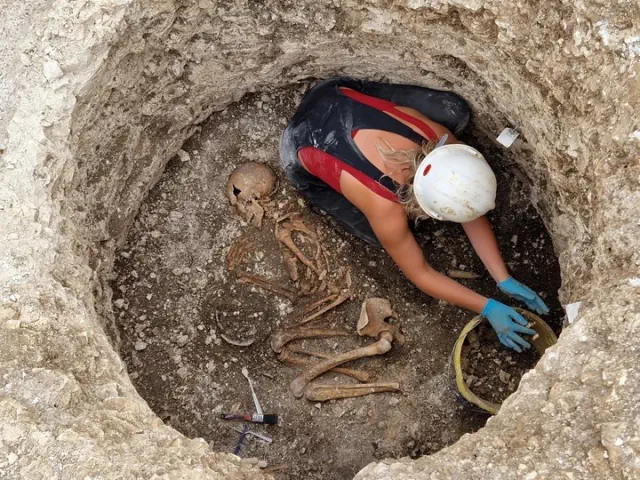Atrax christenseni has officially been recognized as one of the most venomous spider species in the world.
Australian scientists have discovered a new species of funnel-web spider that is almost double the size of its nearest relative and has the ability to inject "large quantities of venom."
Dubbed the 'Big Boy', the deadly arachnid can grow up to 9cm in length and possesses longer fangs than the common Sydney funnel-web spider.
The recently identified species, known as Atrax christenseni, was found in the vicinity of Newcastle, approximately 170 kilometers north of Sydney, and has been recognized as one of the most venomous spiders in the world.
Researchers indicate that its more substantial venom glands and elongated fangs might be capable of piercing through protective gloves, and similar to its relative from Sydney, it can be lethal within 15 minutes if antivenom is not administered.

View pictures in App save up to 80% data.
In 2018, spider specialist Kane Christensen made his initial discovery of these extraordinary arachnids while employed at the Australian Reptile Park.
Upon informing the Australian Museum in Sydney, researchers verified that it was a previously undiscovered species, which they subsequently named to honor Christensen.
"It's hard to believe. Having a spider that I'm deeply passionate about named in my honor feels like a dream realized. It's truly thrilling," Christensen shared with 9News.
The spider can reach a body length of up to 4.5cm and possesses venom glands that are considerably larger than those of typical funnel-web spiders in Sydney. Christensen remarked, "The size of this male specimen is simply... astonishing."
RECENT UPDATES
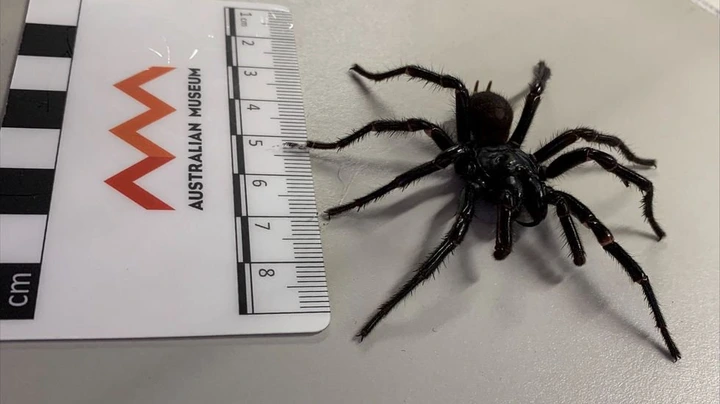
View pictures in App save up to 80% data.
After conducting thorough DNA analysis, researchers have validated the existence of three separate species of funnel-web spiders in the area.
In addition to the recently uncovered Newcastle funnel-web, scientists have also recognized the 'traditional' Sydney funnel-web (Atrax robustus) and the Southern Sydney funnel-web (Atrax montanus).
The Newcastle species has been located within a 25km radius of the Newcastle region and is not expected to migrate southward to Sydney. Professor Kristofer Helgen, head of the Australian Museum Research Institute, described it as "a remarkable milestone in the study of spider biology."
DNA analysis has shown that the Newcastle funnel-web spider and the Sydney species diverged from a common ancestor approximately 17 million years ago. Although this spider possesses a highly toxic venom, specialists have verified that the current antivenom is still effective against this newly identified species.
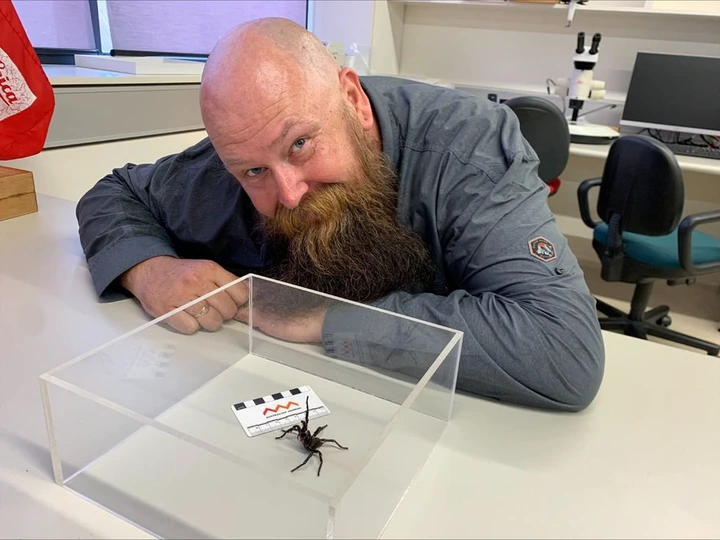
View pictures in App save up to 80% data.
Since the development of antivenom in the 1980s, there have been no recorded fatalities from funnel-web spider bites in Australia.
Nonetheless, Christensen cautioned those who find themselves in close proximity to the spider.
"I definitely wouldn't advise getting close to them; the amount of venom they produce is significant," he cautioned.
Professor Geoff Isbister, who heads the Clinical Toxicology department at Calvary Mater Hospital in Newcastle, pointed out that the spider's increased size might result in a higher quantity of venom with each bite. He added that the antivenom is "extremely effective if administered promptly, ideally within one to two hours following the bite."
Newcastle funnel-web spiders typically reside in garages, bedrooms, and various parts of homes, often entering during the night. The male spiders are especially active from November to April, as they venture out after dark in search of potential mates.

